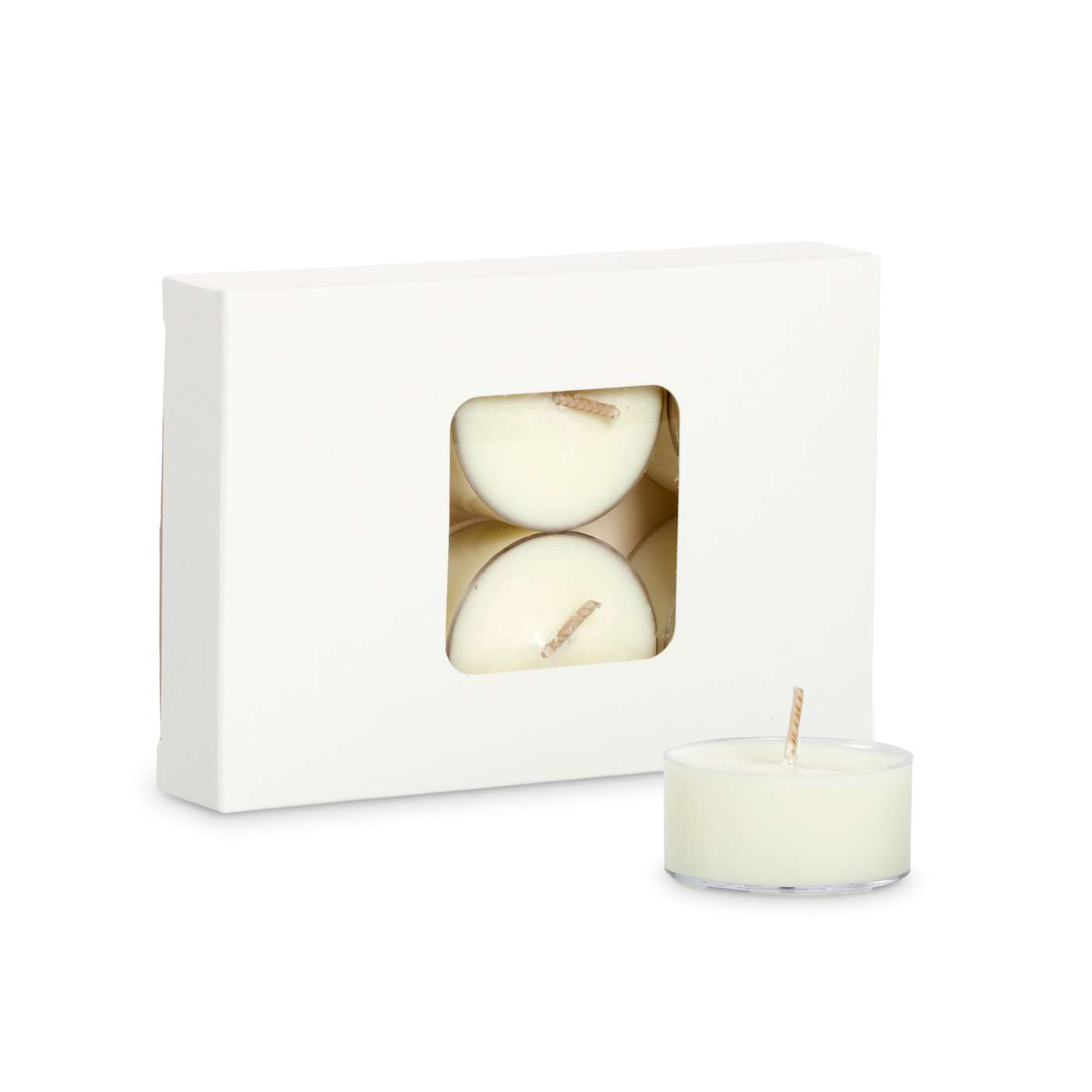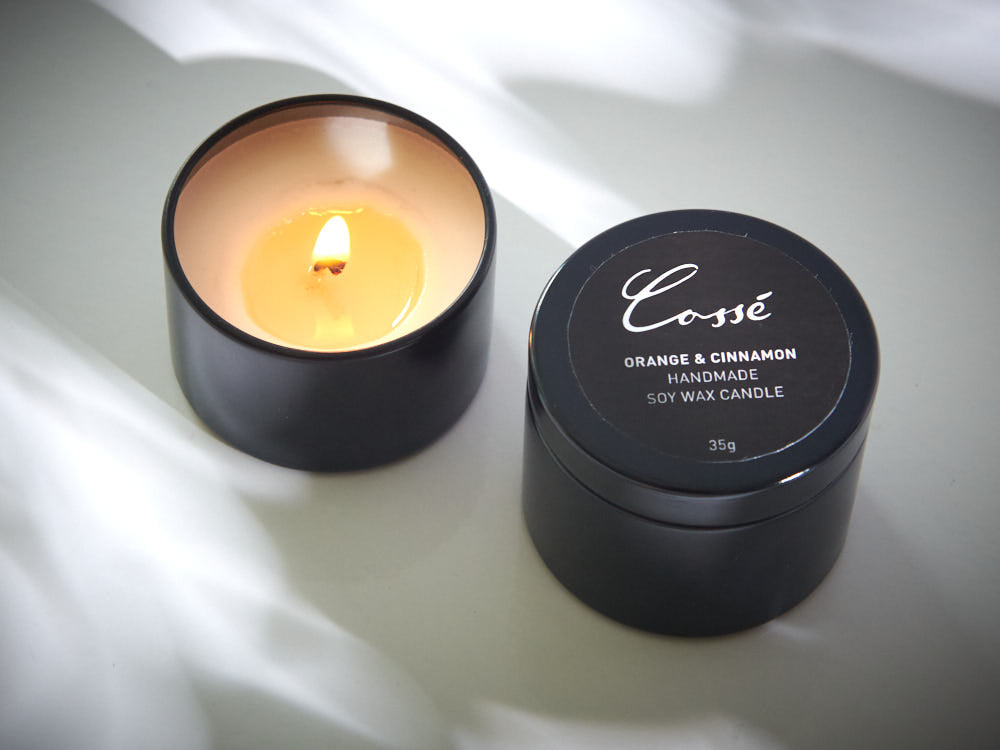Experience the Peacefulness of Crystal Soy Candles and Home Fragrance
Experience the Peacefulness of Crystal Soy Candles and Home Fragrance
Blog Article
From Wick to Wax: Recognizing the Chemistry Behind Soy Wax Candles and Their Ecological Impact
As we illuminate our areas with the cozy radiance of candles, there lies a realm of complex chemistry behind the seemingly straightforward act of lighting a soy wax candle. The option between soy and paraffin wax expands past mere looks, delving right into the world of ecological impact and the very make-up of the materials. Recognizing the molecular structure of soy wax and its burning process loses light on the emissions released into our surroundings. Join us as we unwind the clinical ins and outs behind soy wax candles and discover their effects on our environment.
Soy Wax Vs. Paraffin Wax
When contrasting soy wax and paraffin wax for candle production, it is necessary to recognize the distinctive features and advantages of each product. Soy wax is an all-natural, eco-friendly resource obtained from soybean oil, making it environment-friendly and biodegradable - candles. In comparison, paraffin wax is a by-product of petroleum refining, which elevates worries about its environmental impact and sustainability
Soy wax candles shed cleaner and send out less soot compared to paraffin wax candles, making them a much healthier selection for interior air top quality. Furthermore, soy wax has a reduced melting factor, enabling a longer-lasting candle that disperses scent better. Paraffin wax, on the various other hand, has a tendency to burn faster and less cleanly, possibly launching dangerous chemicals right into the air.
From a sustainability point of view, soy wax is preferred for its biodegradability and sustainable sourcing, straightening with the expanding consumer choice for environmentally conscious items. While paraffin wax has actually been a typical selection in candle light making due to its affordability and ease of use, the shift towards environment-friendly alternatives like soy wax is obtaining energy in the market.
Chemical Structure of Soy Wax

Combustion Process in Soy Candles
The chemical structure of soy wax directly influences the burning process in soy candles, affecting factors such as burn time, aroma launch, and ecological influence. When a soy candle is lit, the heat from the flame thaws the wax near the wick. This fluid wax is after that drawn up the wick as a result of capillary action. As the liquid wax reaches the fire, it vaporizes and goes through burning. The combustion process includes the vaporized hydrocarbons in the wax reacting with oxygen airborne to create heat, light, water vapor, and co2.
The combustion efficiency of soy candles is affected by the pureness of the soy wax and our website the top quality of the wick. Additionally, soy wax candles have a lower ecological effect contrasted to paraffin candles due to their biodegradable and sustainable nature.

Ecological Advantages of Soy Wax

Thought about a lasting option to conventional paraffin wax, soy wax uses remarkable environmental benefits that make it a prominent choice amongst eco-conscious consumers. One considerable advantage of soy wax is its eco-friendly sourcing. Soy wax is originated from soybean oil, which is predominantly grown in the USA. The farming of soybeans helps sustain regional farmers and reduces the reliance on non-renewable nonrenewable fuel sources utilized in paraffin wax production. Additionally, soy imp source wax is eco-friendly, meaning it breaks down normally without releasing dangerous toxic substances right into the setting. This particular makes soy wax candle lights a more eco friendly choice compared to paraffin wax candle lights, which are made from petroleum, a non-renewable source. Furthermore, soy wax burns cleaner and generates less soot than paraffin wax, adding to much better interior air quality and minimizing the requirement for cleaning and maintenance. Generally, the ecological advantages of soy wax line up with the growing need for eco-friendly and sustainable items in the market.
Recycling and Disposal Considerations
Reusing and correct disposal of soy wax candle lights play a crucial role in preserving ecological sustainability and reducing waste in homes and communities. When it comes to reusing soy wax candle lights, the first step is to make certain that the candle light has melted entirely.

In regards to disposal, if recycling is not a choice, soy wax candles are naturally degradable and can be securely gotten rid of in most house waste systems. It is always advised to inspect with local recycling facilities or waste administration solutions for particular standards on candle light disposal to ensure correct handling and environmental security.
Verdict
In verdict, the chemistry behind soy wax candle lights discloses their environmental benefits over paraffin wax candles. Soy wax, derived from soybean oil, burns cleaner and generates less soot when contrasted to paraffin wax. The combustion procedure in soy candle lights is much more reliable, causing a longer and extra also melt. Furthermore, soy wax is eco-friendly and eco-friendly, making it an extra lasting option for candle manufacturing. Reusing and correct disposal of soy wax candles further contribute to their environmental effect.
When contrasting soy wax and paraffin wax for candle light making, it is important to comprehend the unique characteristics and advantages of each product (candles).Soy wax candles burn cleaner and send out less residue compared to paraffin wax candles, making them a much healthier choice for interior air top quality.Taken into consideration a lasting option to typical paraffin wax, soy wax supplies notable environmental benefits that make it a prominent selection amongst eco-conscious consumers. Soy wax burns cleaner and creates less soot than paraffin wax, contributing to much better indoor air quality and decreasing the demand for cleansing and upkeep.In verdict, the chemistry behind soy wax candle lights reveals their ecological benefits over paraffin wax candle lights
Report this page